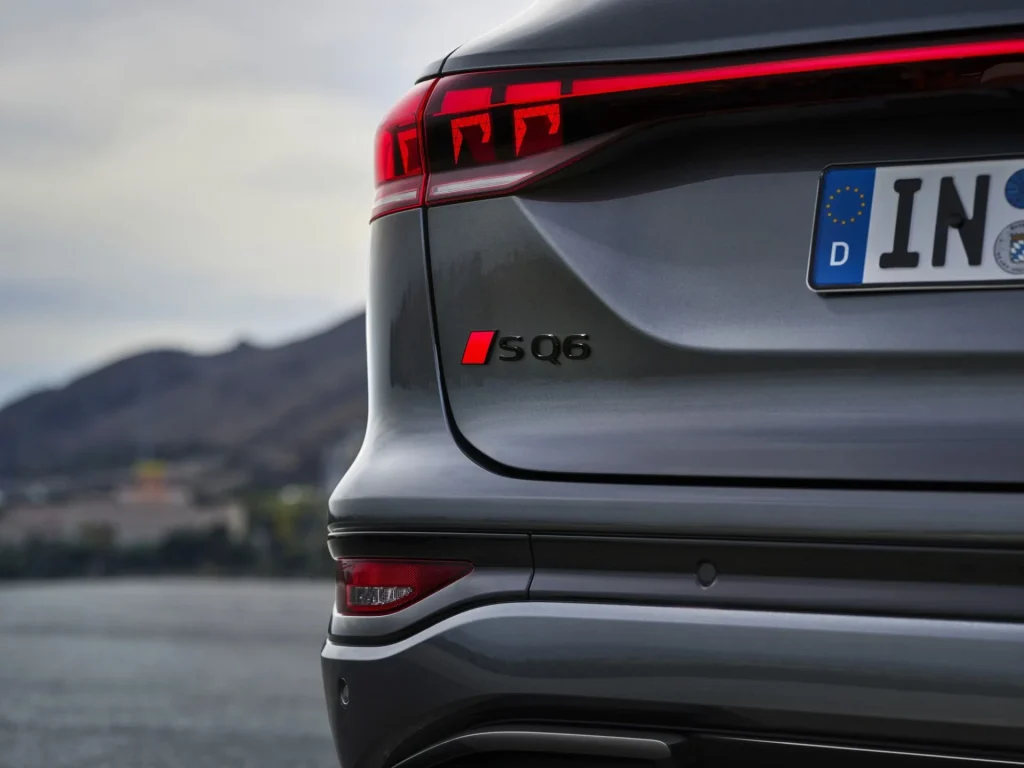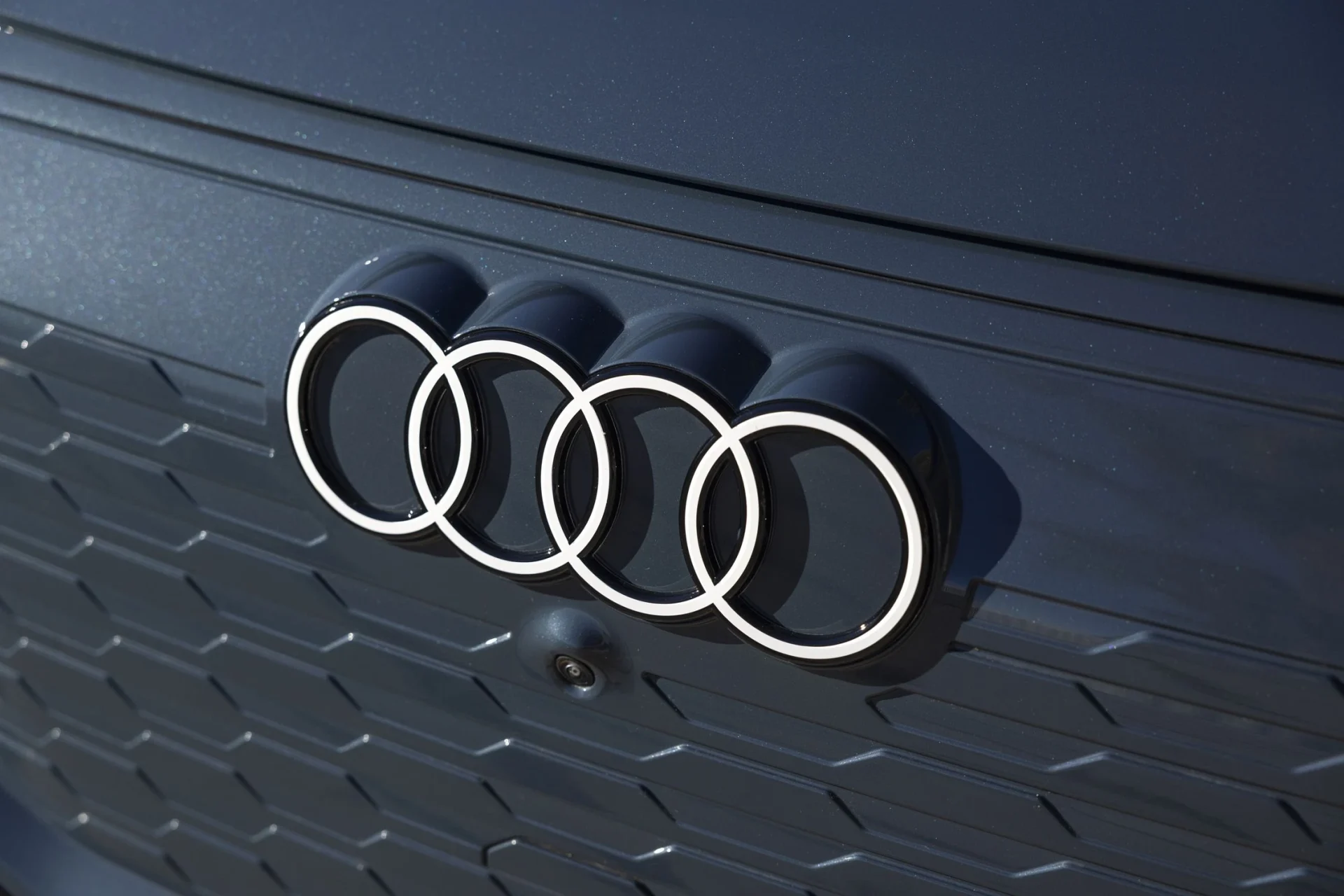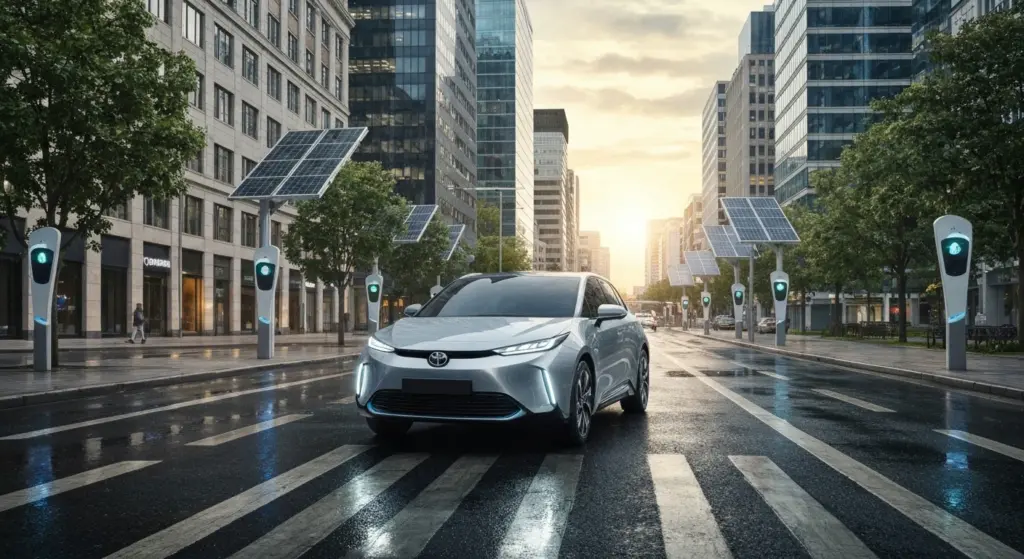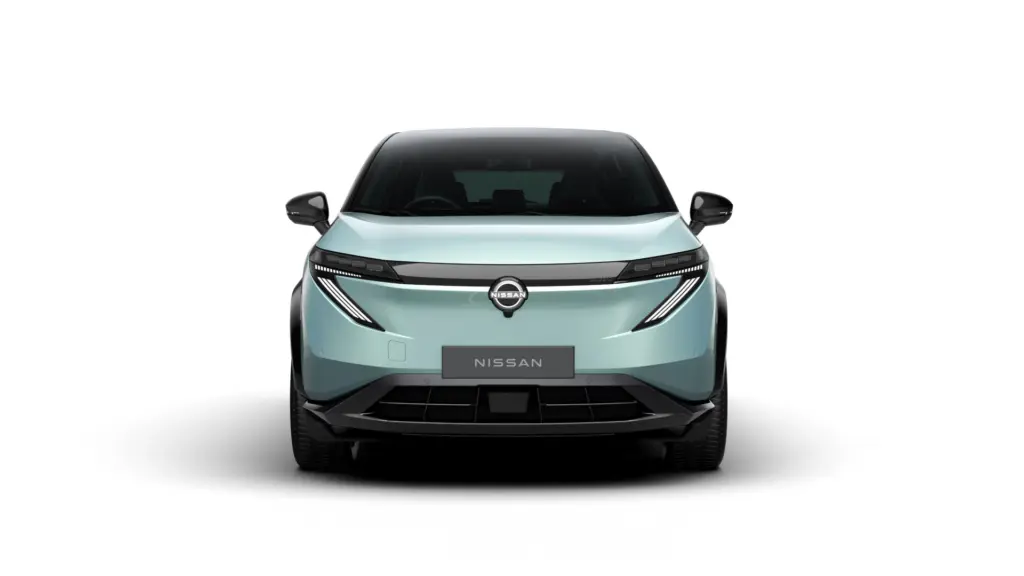The recent decision to change the naming convention of vehicles marks a significant shift in how the brand positions itself in the market. The initial strategy, implemented in March 2023, proposed a differentiation between electric models and those powered by combustion through the use of even and odd numbers, respectively. However, after evaluating consumer reactions and the complexity generated, the company chose to revert to the traditional system, which associates numbers with the size of the vehicles and uses suffixes to indicate the type of engine.
The revision of the strategy comes with a more pragmatic approach aligned with customer expectations. By simplifying model identification, the brand aims to provide clearer and more objective communication. This change also reflects a response to the difficulties faced with the previous naming convention, eliminating combinations that generated confusion, such as “55 TFSI” and “40 TDI.” Thus, the new approach is focused on practicality and maintaining a traditional identity.
Audi adopts traditional naming convention and simplifies models
The strategic change brings back clarity in vehicle identification. The former logic that divided models by even and odd numbers created confusion among consumers, especially when identifying each car’s features. The new methodology links numbers to vehicle size, making it easier to understand the portfolio. This decision highlights a move to centralize communication and reduce ambiguities in the product line.

The adjustment in nomenclature also implies a greater uniformity in institutional communication and advertising campaigns. Each model will now be accompanied by suffixes that accurately indicate the type of engine. This modification is the result of internal analyses and direct customer feedback, which sought a more intuitive and less complex identification. With this, the brand reaffirms its commitment to providing transparency and objectivity in the information provided.
TFSI, TDI, and e-Tron suffixes define Audi engines
The use of suffixes in vehicle designation allows for a clear distinction between different types of engines. The suffixes “TFSI,” “TFSIe,” “TDI,” and “e-Tron” will be incorporated into model names to immediately identify whether the vehicle is powered by gasoline, plug-in hybrid, diesel, or electric. This approach simplifies the work of salespeople and enhances consumer understanding, enabling them to identify technical features more quickly.
This standardization of suffixes also aligns with the need to differentiate new models in the lineup. The decision to maintain this strategy, even with the reversal of naming, demonstrates the importance of an identification system that keeps up with market trends and technological innovations. Clarity in technical information contributes to better evaluation of available options, promoting a more informed choice by customers.

New models and discontinuation of A1 and Q2 explained
With the revision of the nomenclature, the brand also announced significant changes to the portfolio. The next generation of the A6 will be the first to adopt the traditional system, while the attempt to rename this model to A7 has been canceled. This movement indicates that the strategy of differentiation by size prevails over other approaches that attempted to emphasize engine type exclusively. The change aims to maintain the identity and tradition that consumers already recognize.
In addition, smaller models like the A1 and Q2 will be discontinued at the end of their production cycles. This decision reflects a reassessment of strategic focus, concentrating efforts on segments that better meet current market demands. The discontinuation of these models allows for a reorganization of the lineup, enabling the introduction of new technologies and optimization of production processes. This internal restructuring aims to better meet customer expectations and reinforce the brand’s position.

Audi flexibly approaches electrification and returns to tradition
The change in strategy also brings a new perspective on vehicle electrification. Initially, the brand planned a total transition to electric cars by 2033. However, upon noticing that many consumers still show a preference for combustion engines, the company opted for a more flexible stance. This decision allows Audi to maintain a diverse product offering without compromising its commitment to technological innovation.
The flexibility in the electrification strategy reinforces the brand’s pragmatic positioning. While investing in sustainable technologies, Audi recognizes the importance of catering to different customer profiles. This balanced approach between tradition and innovation ensures that changes occur gradually and consistently, promoting an evolution that respects the company’s historical identity. Thus, the brand reaffirms its capacity to adapt to the challenges and demands of the automotive market.
Author: Fabio Isidoro
Founder and editor-in-chief of Canal Carro, he dedicates himself to exploring the automotive universe with depth and passion. A car and technology enthusiast, he produces technical content and in-depth analyses of national and international vehicles, combining quality information with a critical eye for the public.









